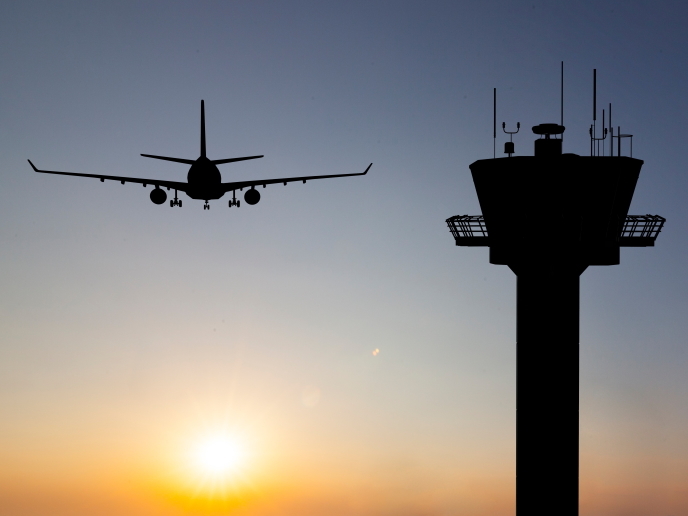Remote airport-tower concept proven and ready for deployment
ATS regulates and assists aircraft, to ensure safe operations. These services include air traffic control, plus various information and advisory services. The current ATS structure can cause imbalance between ATS capacity and demand. For example, an ATS officer might work in the control tower of a very quiet airport that receives only a few flights per day. The officer will be inefficiently underutilised. The reverse situation is also common, where very high demand for ATS occurs at major airports during peak times, meaning insufficient availability of ATS officers.
Remote towers
The solution is the remote tower concept, which balances supply and demand. The EU-funded PJ05 Remote Tower(opens in new window) project worked to mature the concept to full industrial readiness. The initiative was funded within the framework of the SESAR Joint Undertaking, a public-private partnership set up to modernise Europe’s air traffic management system. “With the remote tower concept,” explains Jörn Jakobi, project coordinator, “you replace the conventional tower-window-plus-binoculars view with a high-definition video panorama, combined with pan-tilt zoom camera.” The video stream of an airport can be relayed to any location, which might be remote from the airfield. To pilots, the concept makes little difference, or in some cases an improvement. For ATS officers, the key differences will be the video-feed instead of window-view and being able to provide ATS for an airport remotely. The Multiple Remote Tower concept is similar. It means that the camera feed can be relayed to a remote tower centre, where a pool of ATS officers can balance demand among themselves as needed. “With the multiple idea, the remote tower concept reaches its supreme synergy level,” adds Jakobi. “One ATS officer can provide their services to several low-demand airports at the same time. Alternatively, you could allocate several ATS officers to a single high-demand airport.”
Simulation and testing
Researchers investigated how to achieve the most efficient allocation. They conducted several real-time simulations, whereby a single ATS officer provides services to up to three airfields simultaneously. For multiple remote tower provision of ATSs to be feasible, the ATS officers’ workload must be neither too high nor too low, which was the case during the simulations. Project work also identified any barriers or potential problems associated with such deployment and recommended contingencies for those scenarios. The recommendations were to be in place prior to the aviation industry’s adoption of the multiple tower technology. Yet, in fact, no blocking safety issues arose during the simulations. The PJ05 Remote Tower project’s development is now ready for handover to the aviation industry for deployment. The successor project SESAR2020 Wave 2(opens in new window) will manage the handover. A second successor project PJ05-W2(opens in new window) will mature the flexible airport allocation among different positions and ATS officers. Several European air navigation service providers intend to exploit the concept in the short term. Any airport in Europe that provides an inefficient ATS, which is something nearly all small- and medium-sized airports grapple with, is a good candidate for this service. When deployed, the system will mean increased flexibility and efficiency for ATS officers. It will offer small airports more options, such as being able to extend their operating hours or accommodate large commercial flights.







